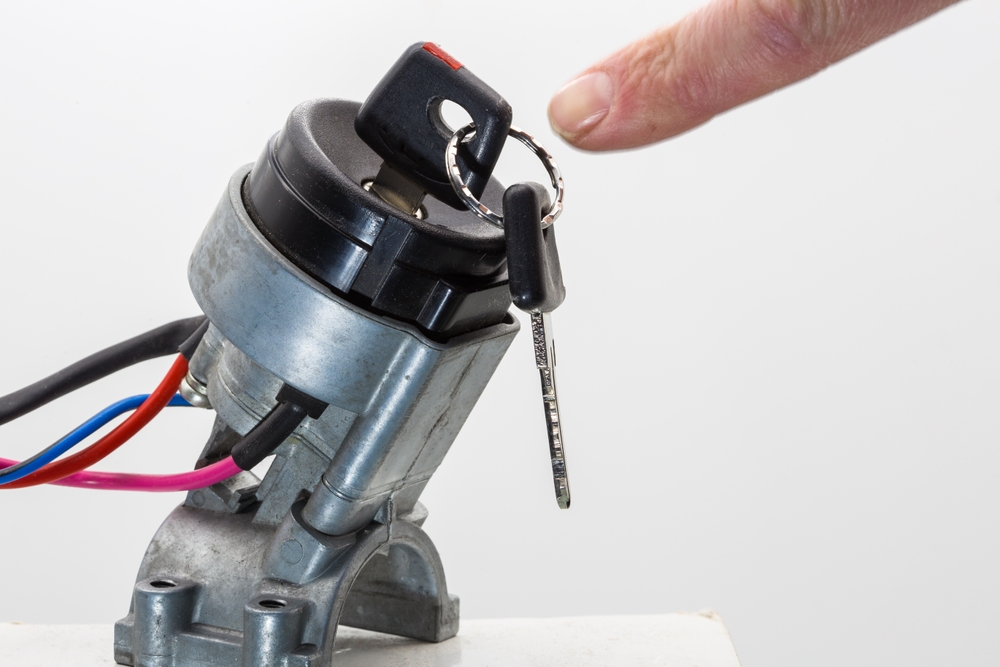Owning a classic supercar comes with plenty of excitement, but it also brings unique challenges—especially when it comes to electrical systems. Many of these vintage machines were built with complex wiring that hasn’t aged well, leading to frustrating failures that can leave you stranded. In this article, we’ll dive into the top 15 electrical system issues that classic supercar owners commonly face, and what to watch out for.
Contents
Battery Drain

Battery drain in classic supercars often occurs due to parasitic draw from older electrical systems, even when the car is turned off. Components like clocks, alarms, or radio memory can drain the battery over time, leaving the car unable to start if not driven regularly. Without modern battery-saving technology, owners frequently face dead batteries, making this a top issue.
Faulty Alternator

Aging alternators in classic supercars can lose their ability to charge the battery properly, which can lead to power loss while driving or difficulty starting the vehicle. Since alternators power all electrical components while the engine is running, their failure can cause multiple electrical problems and leave the car immobilized.
Bad Grounding

Classic supercars often suffer from poor grounding, which can result in a wide range of electrical malfunctions, including flickering lights, malfunctioning gauges, or complete power loss. Older grounding systems may corrode or degrade over time, causing inconsistent electrical performance that’s hard to diagnose.
Wiring Harness Degradation

Over time, the wiring harness in vintage supercars becomes brittle and prone to failure. Exposure to heat, vibration, and age causes the insulation to crack or break down, leading to short circuits and electrical system malfunctions. Replacing or repairing a wiring harness can be complex and costly, making this a critical issue for older vehicles.
Blown Fuses

Electrical systems in classic supercars are more prone to blowing fuses due to outdated components and a lack of modern safeguards. Blown fuses can disable key systems like headlights, radios, or the ignition, leading to frequent troubleshooting and fuse replacement.
Faulty Ignition Switch

Ignition switches in older supercars can wear out over time, leading to intermittent starting problems or complete ignition failure. The ignition switch controls power to critical systems like the starter motor and fuel pump, and its failure can leave the vehicle stranded, making it a common electrical issue.
Malfunctioning Relays

Relays in classic supercars control critical systems like fuel pumps, headlights, and cooling fans. When a relay fails, it can cause these systems to stop working, leading to engine overheating, stalling, or electrical failures. Given their age, relays in vintage cars are often a weak point and require regular replacement.
Corroded Battery Terminals

Corrosion on battery terminals is a common problem in older supercars, leading to poor electrical connections and unreliable starting. Corroded terminals can prevent the battery from charging or supplying power to the vehicle, making it one of the most frequent causes of electrical problems.
Electrical Short Circuits

As the insulation on wiring in classic supercars degrades over time, short circuits become a frequent problem. A short circuit can cause electrical systems to fail intermittently or completely, and in severe cases, can even result in electrical fires. Diagnosing and repairing shorts is a complex task, making this one of the more dangerous electrical issues.
Dash Instrument Failure

Faulty wiring or electrical shorts often cause dash instruments in classic supercars to malfunction. This can result in inaccurate or non-functioning gauges, making it difficult for drivers to monitor speed, fuel levels, or engine performance. Fixing dash instrument failures typically requires in-depth electrical work.
Headlight Flicker or Failure

Headlights in classic supercars are prone to flickering or complete failure due to weak electrical systems or corroded wiring. This issue compromises visibility, especially during nighttime driving, and is often caused by aging connectors or switches that have degraded over time.
Power Window Failures

Many classic supercars with power windows experience motor failures or faulty switches. As these components age, the windows may become slow, erratic, or stop functioning entirely. Replacement parts for power windows in vintage vehicles are often scarce, making repairs challenging.
Non-Functional Radio or Audio System

Electrical degradation in classic supercars often leads to a non-functional radio or audio system. Whether due to blown fuses, corroded wiring, or outdated components, the radio may stop working entirely, diminishing the overall driving experience. Fixing these systems can be costly, especially with rare or original equipment.
Malfunctioning Cooling Fan

The cooling fan is essential in preventing engine overheating, but in classic supercars, electrical malfunctions can cause the fan to stop working. The fan’s motor, wiring, or relay may fail, leading to dangerously high engine temperatures, particularly during idling or low-speed driving.
Fuel Pump Electrical Issues

A failing fuel pump relay or damaged wiring can cause stalling or prevent the car from starting altogether. Since the fuel pump is electrically powered, any disruption in its system can result in fuel delivery issues, which is a common cause of breakdowns in older supercars.
This article originally appeared in MyCarMakesNoise.
More from MyCarMakesNoise
16 Bus Museums Preserving the Rich History of Public Transit

Public transportation has played a crucial role in shaping our cities and connecting communities. Across the globe, bus museums stand as guardians of this rich history, offering visitors a glimpse into the evolution of public transit. Read More
17 Classic Motorhomes That Are Ready to Hit the Road Again

There’s something special about classic motorhomes that modern RVs just can’t replicate. These timeless vehicles, once a staple of the open road, are making a comeback. Read More
15 Air Conditioning Misconceptions That Impact Your Car’s Efficiency

When it comes to keeping your car cool and comfortable, your air conditioning system plays a crucial role. However, there are several misconceptions that can lead to unnecessary wear, reduced efficiency, and even costly repairs. Read More














